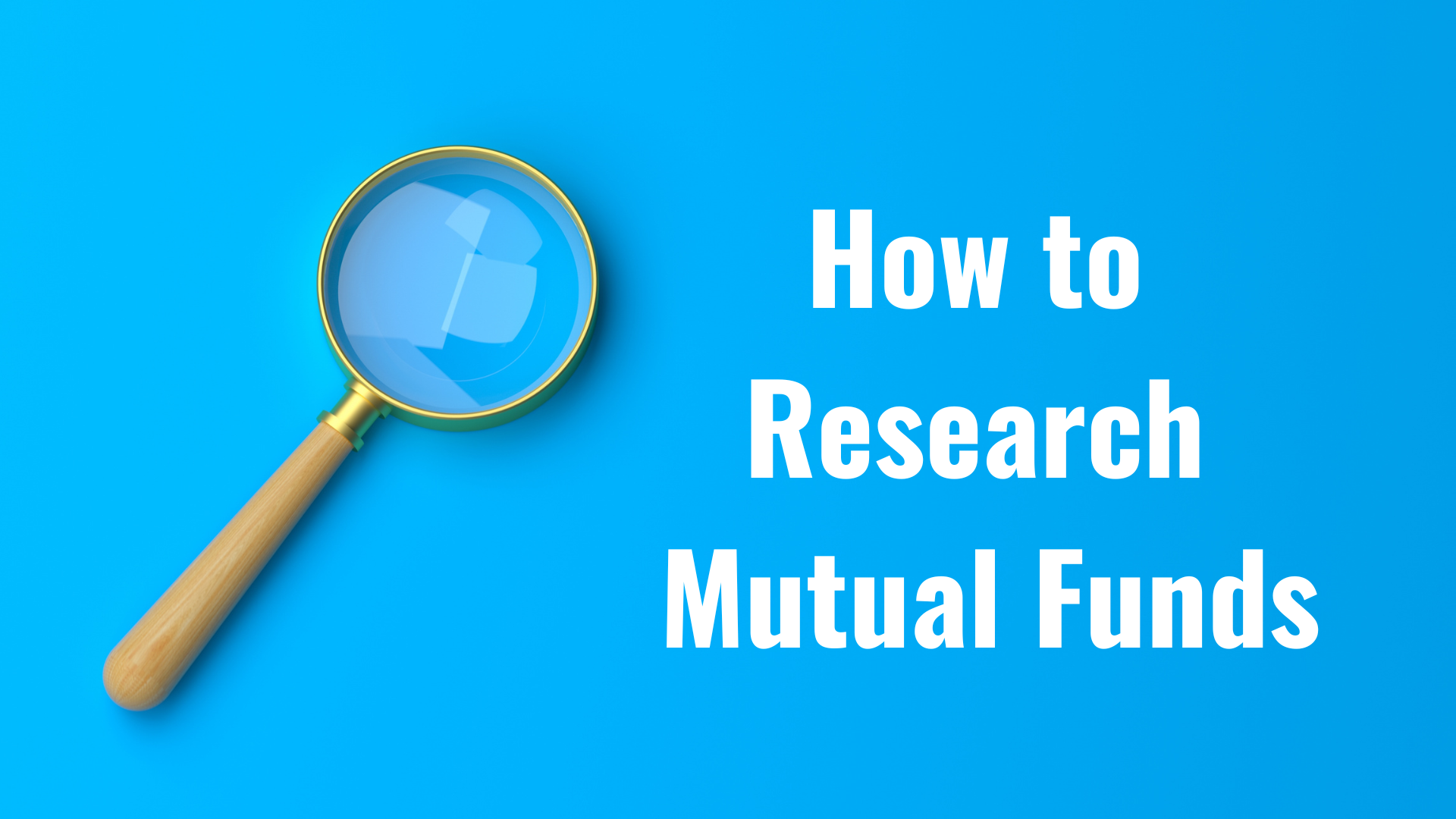[ad_1]
So now you know a bit about mutual funds: what they are, how they work, how they can benefit your portfolio, and how they can sometimes charge fees that border on the absurd.
But don’t go thinking you’re a mutual fund master just yet.
There’s a lot of daylight between knowing the basics of mutual funds and actually profiting off that knowledge.
We can’t tell you what to buy, how much to spend, or what you want to do with the shares, but we can help you identify the funds you want to buy, or at least get you started.
The next step is to talk about how to research mutual funds.
Tools Are (Not) For Fools
There are currently around 7,500 mutual funds operating in the US at the end of 2021.
Finding the right mutual funds for your portfolio is like trying to find a needle in a haystack: it’s going to take forever if you do it by hand.
The right combination of tools can make finding good mutual funds significantly easier in the same way that a metal detector and a magnet turn haystack-searching into a 10-minute chore instead of a days-long ordeal.
There are dozens of companies that offer research, recommendations, and search tools you can use to sift through the lists of mutual funds—it’s just a matter of finding the right ones.
For example:
- Zacks: Has a free search tool that lets you search by category and rank, displays a smattering of stats, and includes rating reports produced by Zacks themselves. Read our Zacks review here.
- Fidelity: Lets you search by fund rating, family, fee structure, asset class, and so on.
- Merrill Lynch: Gives you access to educational materials and a comprehensive screening tool that lets you filter by fees, dividends, asset classes, social responsibility, and other variables.
What to Look for in a Mutual Fund
You should keep a few different criteria in mind when you’re deciding whether or not a mutual fund is right for you.
First: Your personal criteria. What’s your risk tolerance? Are you looking to make money in a relatively short time or are you going to hold onto your portfolio for the foreseeable future? What kind of tax burden are you willing to accept?
Having the answers to these questions will make filtering mutual funds much easier.
Second: The fund’s metrics. Consider things like:
- Assets under management (AUM): The size of the fund’s portfolio
- Historical performance: How the fund has performed in previous years
- Performance versus benchmarks: Seeing if the fund has beaten the stock market and other common benchmarks
- Performance relative to similar funds: Comparing the fund’s performance to that of funds with similar focuses, asset mixes, etc.
- Performance of fund manager: Checking out how well the fund manager’s other funds (if any) have performed in the past
- Fee structure: How much the fund charges in yearly fees and commissions
- Portfolio composition: What kind of assets the fund holds
- Portfolio turnover: How often the manager sells assets
Have Fun(d) With It
You can spend days or even weeks perusing all the American mutual funds, let alone the thousands of international funds you can buy into.
It may be tempting to just buy whatever firms like Morningstar or Fidelity recommend, but make sure you do your own due diligence before making the purchase.
It’s not going to be easy. It’s going to take some time. At some point your eyes will glaze over and the numbers will stop making sense.
But after you take a nap and grab some coffee you’ll start to see things in the data that you never expected and, if you’re lucky, you’ll stumble on the exact mutual funds that you need to round out your portfolio and help you on your way to an early retirement.
Now that you know how to research mutual funds on your own, let’s put that knowledge to work in your 401(k).
[ad_2]
Image and article originally from www.wallstreetsurvivor.com. Read the original article here.

